Sorry to break it to you, but not everyone is your ideal customer!

If you’re a small business owner, trying and appealing to everyone can be tempting. After all, the more people that buy your product or service, the better, right? Wrong! The key to successful marketing is knowing who isn’t your target audience as much as it knows who is. In this blog post, we’ll look at why it’s important to know who isn’t your ideal customer and what you can do to strengthen your strategy.
Unique Selling Proposition (USP)
The first step in creating a strong marketing plan is to understand your Unique Selling Proposition (USP). This is basically your value proposition—what sets you apart from your competitors and makes you stand out in the eyes of potential customers. It could be something like “we provide high-quality products at an affordable price” or “we offer fast shipping with no additional cost.” Understanding this will help you identify who isn’t likely going to be interested in what you have to offer.
Creating a Brand Persona
Once you have identified your USP, the next step is creating a brand persona for yourself. A brand persona helps define the type of person that would most likely be interested in what you have to offer—age range, gender, occupation, interests etc. You can use this information when targeting potential customers on social media platforms or through other advertising methods. This will also help filter out those who wouldn’t be interested in what you are offering and ensure that your message resonates with those most likely to buy from you.
Competitor Analysis and Why You Need To Conduct It
Conducting competitor analysis should also be part of your marketing strategy if you want to succeed in today’s digital landscape. Analyzing what other brands are doing can give you insight into new strategies and tactics and help identify growth opportunities within your own market segment. It will also give you an idea of how they’re positioning themselves against their competitors—which can then inform yours! This will ensure that your messaging stand out and helps boost sales in the long run.
How To Build A Connection With Engaging Content
Finally, understanding who isn’t likely to be interested in what you have to offer allows you to focus on creating content that speaks directly to those who will likely buy from you. Engaging content should focus on solving problems for these potential buyers while showcasing how your product or service can benefit them specifically—this helps build trust and loyalty between customers and brands, ultimately leading to increased sales.
Having a clear understanding of who isn’t going to be interested in what you have to offer is just as important as knowing who is when it comes time to create a marketing strategy for success. Make sure that everything from content creation through competitive analysis considers finding these answers so that our efforts won’t go wasted when looking for customers online! With this knowledge under our belt after this module, we’ll know our UPS, know exactly who our ideal customers are and how best to talk directly to them too–so let’s get started!
This is just one subject we deep dive into in my Back to Social Media Basics Bootcamp, starting February 28th. Or you can look at the other coaching and training offers I have available here.
